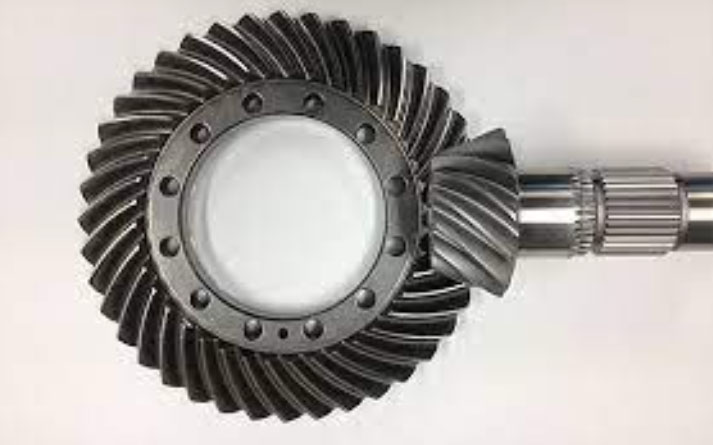
Optimizing efficiency with hypoid gears in machinery requires careful consideration of design, manufacturing, and operational factors. Here are some key strategies to gear up for success:
- Gear Design Optimization: The first step is to optimize the gear design. This involves selecting the right hypoid gear configuration, tooth profile, and helix angle to suit the specific machinery application. Computer-aided design (CAD) tools and simulation software can be used to analyze different design options and their performance characteristics.
- Material Selection: Choosing the appropriate material for the hypoid gears is crucial for optimizing efficiency. High-quality materials with good mechanical properties and wear resistance are preferred to reduce friction and minimize losses during power transmission.
- Lubrication and Maintenance: Proper lubrication is essential to reduce friction and wear in the gear system. The use of high-quality lubricants and regular maintenance can significantly improve efficiency and extend the lifespan of the gears.
- Gear Meshing Optimization: Achieving optimal gear meshing is critical for efficiency. Precise gear tooth profiles and alignment are essential to minimize losses due to misalignment and backlash.
- Reducing Friction and Wear: Implementing advanced surface treatments, such as coating or polishing, can help reduce friction and wear on gear surfaces, leading to improved efficiency.
- Gearbox Design Optimization: In many machinery applications, hypoid gears are used in gearboxes. Optimizing the overall gearbox design, including the number of stages and gear ratios, can improve overall efficiency.
- Operational Conditions: Operating the machinery under proper conditions, such as avoiding excessive loads and overheating, can contribute to better efficiency and reduce the risk of premature wear.
- Incorporating Bearings and Seals: The selection of high-quality bearings and seals can minimize power losses due to friction and enhance the overall efficiency of the gear system.
- Noise Reduction: Hypoid gears are known for their quiet operation, but excessive noise can indicate inefficiencies. Addressing noise issues can also lead to improved efficiency.
- Continuous Monitoring and Analysis: Regularly monitoring the performance of the gear system and analyzing the data can help identify potential inefficiencies and areas for improvement.
- System Integration: Integrating the hypoid gear system seamlessly with other components of the machinery can lead to improved overall efficiency and performance.
By implementing these strategies, manufacturers and machinery operators can optimize the efficiency of their systems, leading to improved performance, reduced energy consumption, and longer gear life. It’s essential to consider each factor in the context of the specific machinery application to achieve the best results.
